The impact of the Covid-19 lockdowns last year enabled green parts to step up to the plate and fill distribution gaps in repair supply chains
The opportunity for insurers around the use of green parts is “too big to miss” and “something that we as an industry should be embracing across the piece”, said Ageas UK claims director Robin Challand.
Ageas formally launched its green parts programme last March, just prior to the initial coronavirus lockdown in the UK. Although this may not appear to be “perfect timing on the face of it”, Challand told Insurance Times that the move actually proved advantageous – as global lockdown regimes hampered supply chain activity, green parts came to the fore to plug the numerous arising gaps.
Challand explained: “As we went through lockdown, our repairers and our supply chain commented that actually it allowed them to get customers back on the road when there were delays in parts [and] delays in distribution that we saw during the early part of lockdown.
“Without doubt, it made a difference and what we’ve seen is, month-on-month, an increased use of [green parts] across the piece. It’s well received by our repairers, it’s well received by our customers.
“It has a consumer benefit, it has a supply chain benefit and of course, set behind all of this is it does have an environmental benefit. There’s lots of talk about plastics and the fact they’re only one use – actually we can reuse some of those things, even if it’s just down to the clips that you use.
“Then, it really does help in terms of both a contribution towards sustainability, customer engagement and also helps in the supply chain as well.”

Repair versus write off
Challand added that the use of green parts is a win-win for insurers: not only can they get policyholders back on the road quicker, but customers can often keep beloved cars that may otherwise have been deemed too costly to repair.
“Example would be a lock set,” Challand explained. “[This] can be very expensive on a five or six-year-old vehicles - it can be the difference between [being] repairable or being uneconomic to repair.
“If you can put a replacement lock set in there which we’ve been able to recycle, we can keep the customer on the road [and] the customer doesn’t have to change their vehicle.
“All of those things really play into customers’ increasing awareness of the environment, but also their desire really just to be back on the road and back where they were as quickly as possible.”
Expanding the programme
Due to the success of the green parts programme so far, Challand added that Ageas has plans to continue “to expand its use, linking it into an earlier stage in the assessment process – we can help with both awareness of parts that are available but also in terms of that speed of process and speed of repair and turnaround time”.
Furthermore, Ageas is also exploring how the green parts model can be used in other lines of business, aside from motor.
“I think there is the opportunity from a consumer, an environmental point of view, from an engagement with your solution centres, repairers [perspective] – it’s too big to miss,” Challand said.
“I would be amazed if others don’t look to follow [our] lead in the fullness of time. If I’m honest, I hope people don’t move that quickly, from a competitive point of view. But if I look at it from a more holistic, environmental point of view, I think it’s something that we as an industry should be embracing across the piece.”
Hosted by comedian and actor Tom Allen, 34 Gold, 23 Silver and 22 Bronze awards were handed out across an amazing 34 categories recognising brilliance and innovation right across the breadth of UK general insurance.



























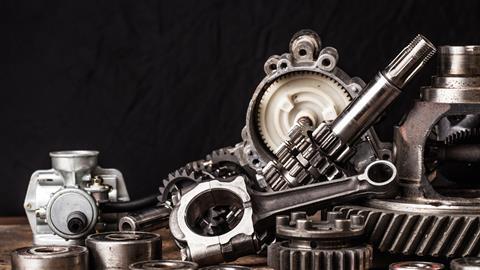









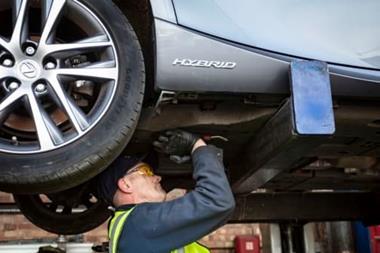

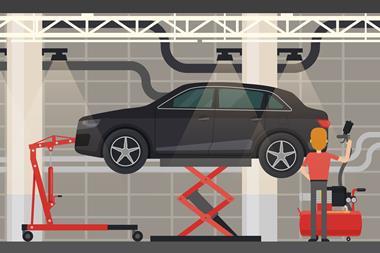
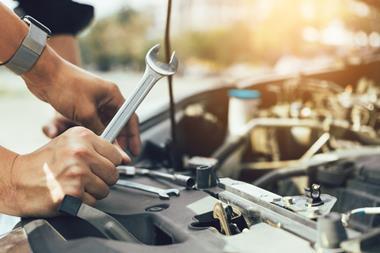

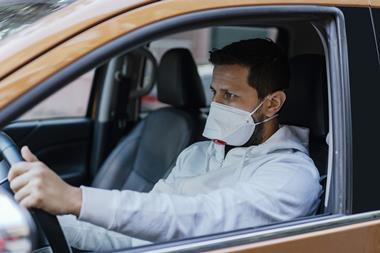









No comments yet